Jim Saueressig
EF5
So I got my So Cal vacation out of the way and on the way home I got to see some nice looking structure in AZ. After joking in one of the SDS threads that I would just go to So cal and shoot dust devils after another member suggested the idea, it turns out I caught one in Arizona that left me with a question.
I had just re-entered the interstate when I noticed a really nice dust devil with a tube that pretty much appeared to be rooted into the clouds. By the time I grabbed the camera and had the wife shoot it while heading to the next off ramp it was losing the upper funnel definition. She shot this (it was on manual focus so it was out a bit):
View attachment 5235978d27e9c2fc936f025866087f47.jpg
By the time I got stopped to shoot it was losing more of its upper body so I shot a wide angle to get the structure above it:
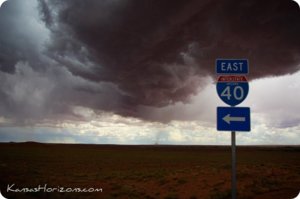
(By the way I love how the cloud bases take on the reddish color of the landscape).
So this question crossed my mind about whether it was a dust devil or a land spout considering it appeared to be attached to the cloud base when I noticed it. Then I realized that with it being under the cloud structure it might be called a tornado by some. It was then I considered that it was actually under the clouds updraft. The cell was a NNW mover and a few minutes after this was shot I noticed the dirt and dust to the right of this in a massive area get lifted just as a wall of rain started falling (microburst?)
Anyway it brought the question to mind about what separates a dust devil from a land spout etc...
Anyways a few other pictures while I am boring you to death.
More from that day:
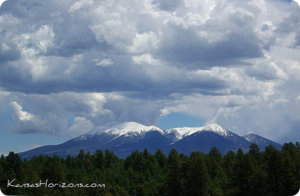
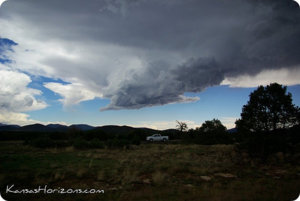
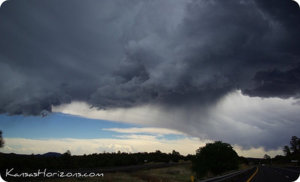
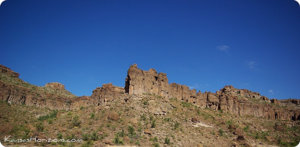
Lego Land California (yes, Three kids):
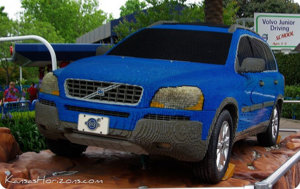
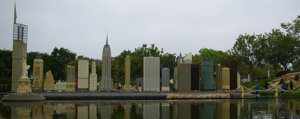
I had just re-entered the interstate when I noticed a really nice dust devil with a tube that pretty much appeared to be rooted into the clouds. By the time I grabbed the camera and had the wife shoot it while heading to the next off ramp it was losing the upper funnel definition. She shot this (it was on manual focus so it was out a bit):
View attachment 5235978d27e9c2fc936f025866087f47.jpg
By the time I got stopped to shoot it was losing more of its upper body so I shot a wide angle to get the structure above it:

(By the way I love how the cloud bases take on the reddish color of the landscape).
So this question crossed my mind about whether it was a dust devil or a land spout considering it appeared to be attached to the cloud base when I noticed it. Then I realized that with it being under the cloud structure it might be called a tornado by some. It was then I considered that it was actually under the clouds updraft. The cell was a NNW mover and a few minutes after this was shot I noticed the dirt and dust to the right of this in a massive area get lifted just as a wall of rain started falling (microburst?)
Anyway it brought the question to mind about what separates a dust devil from a land spout etc...
Anyways a few other pictures while I am boring you to death.
More from that day:




Lego Land California (yes, Three kids):


